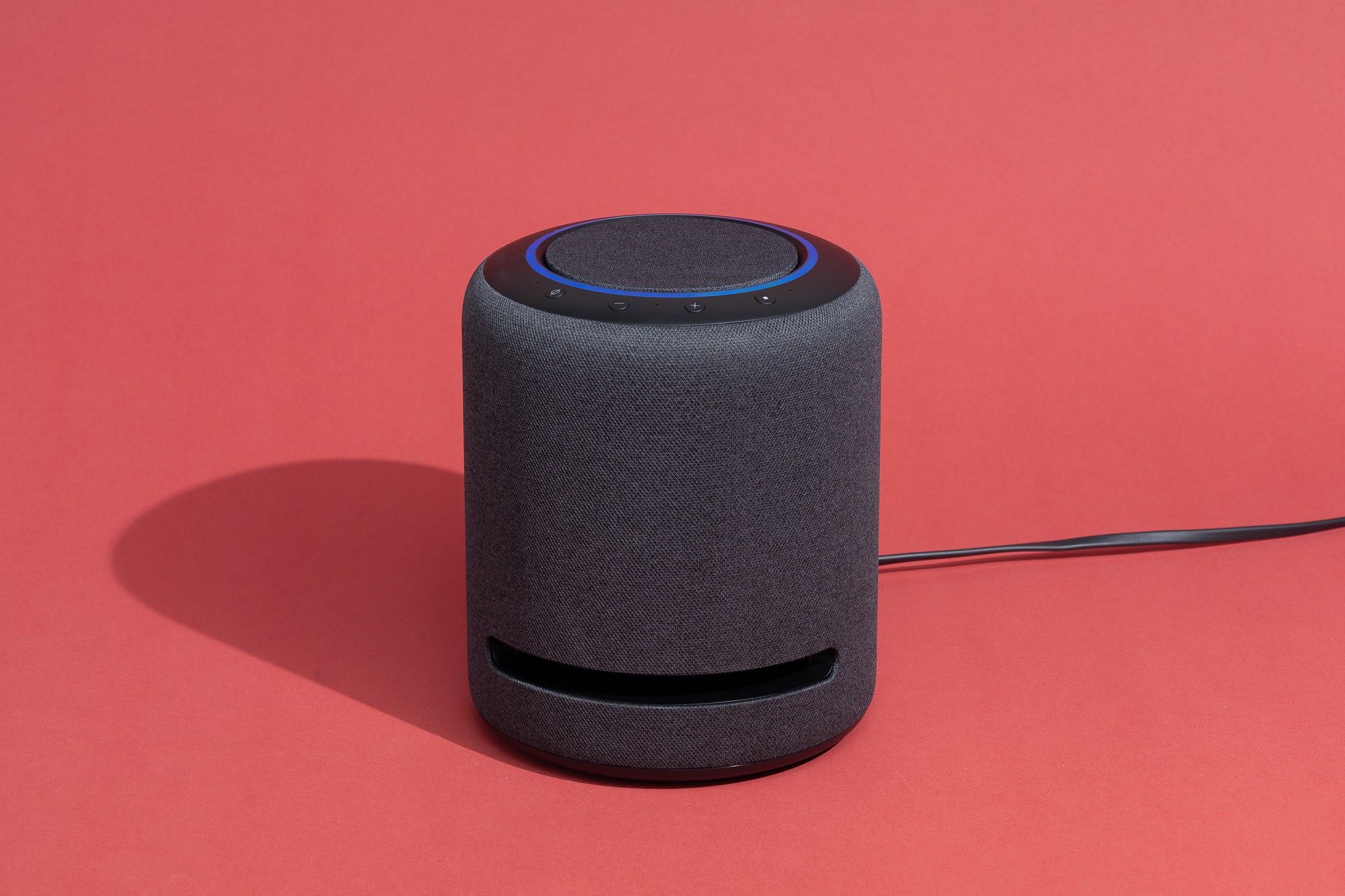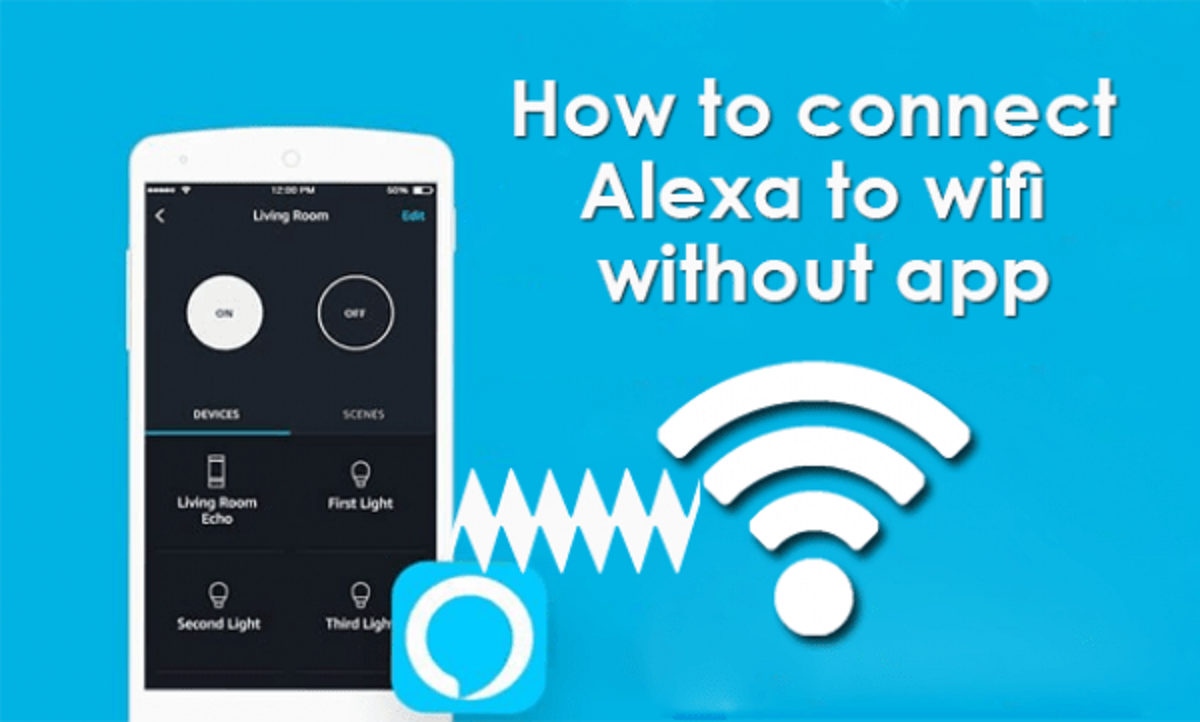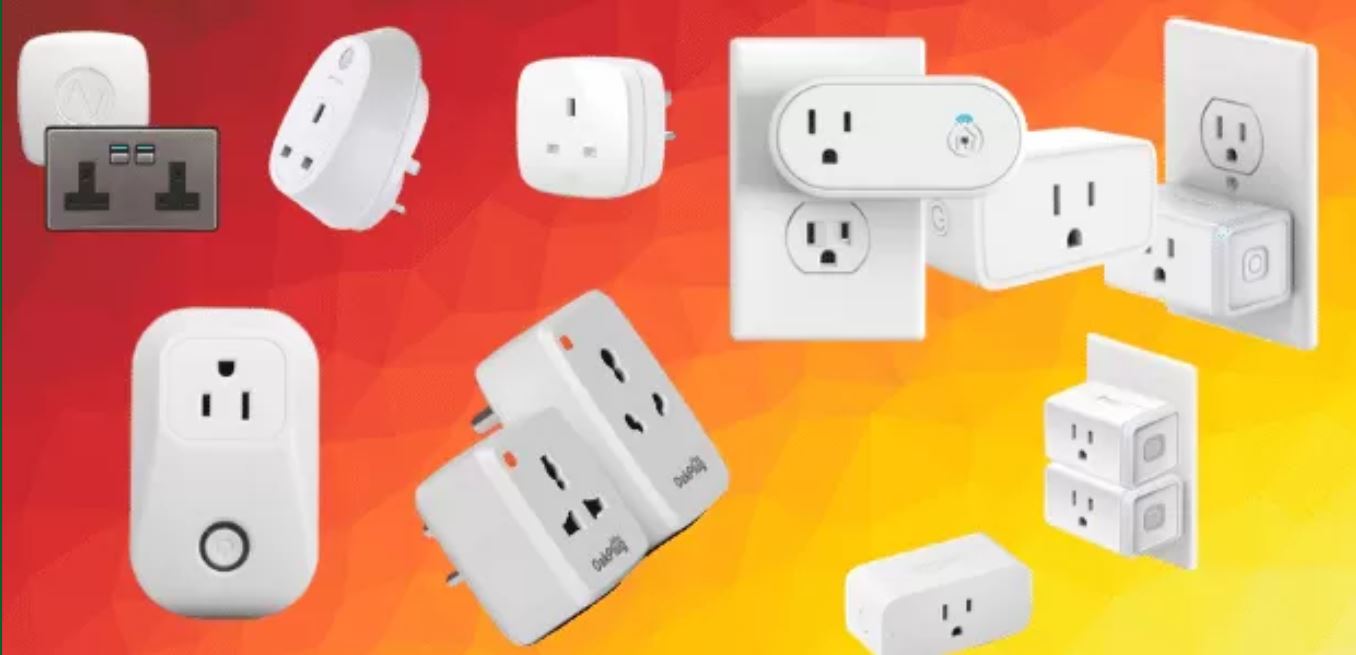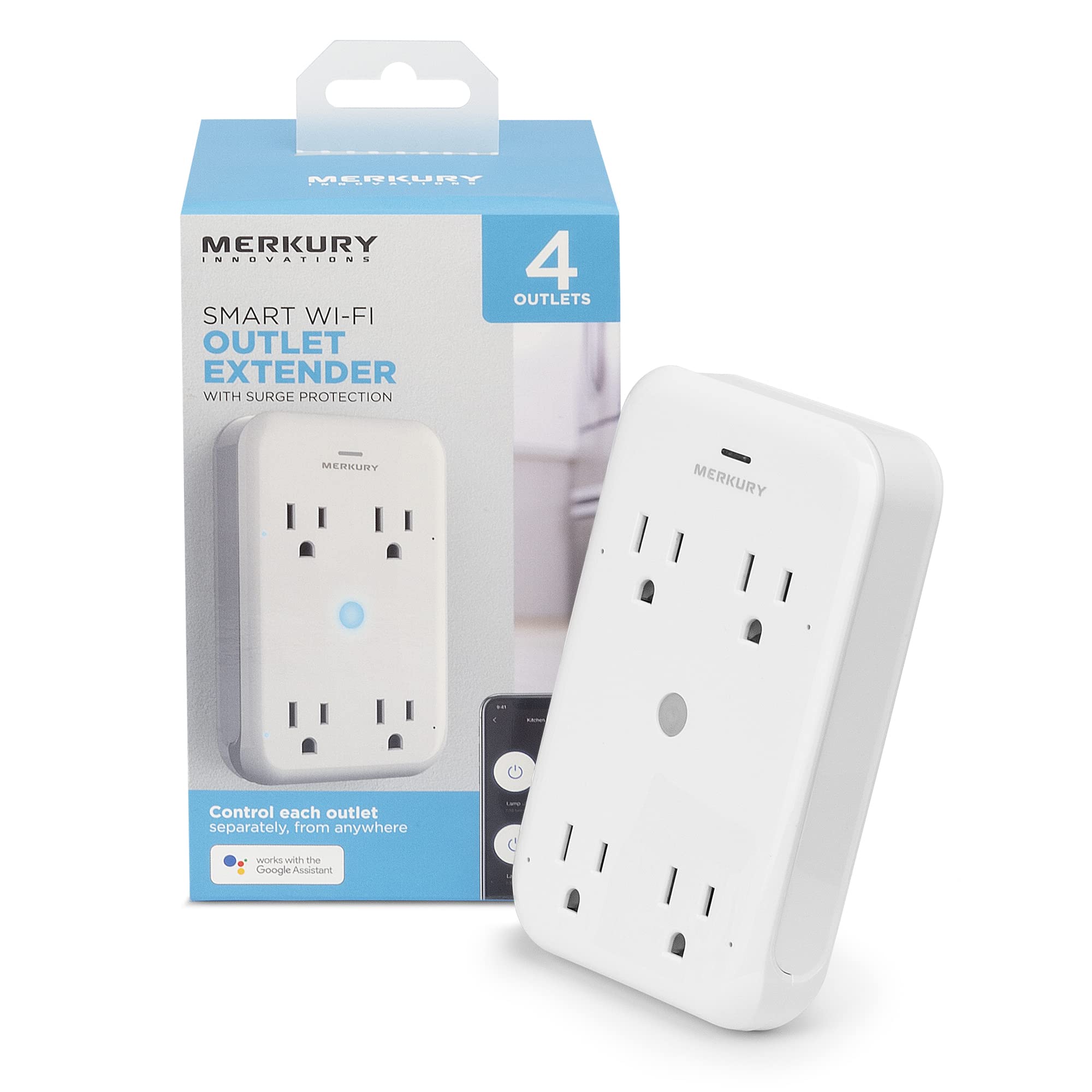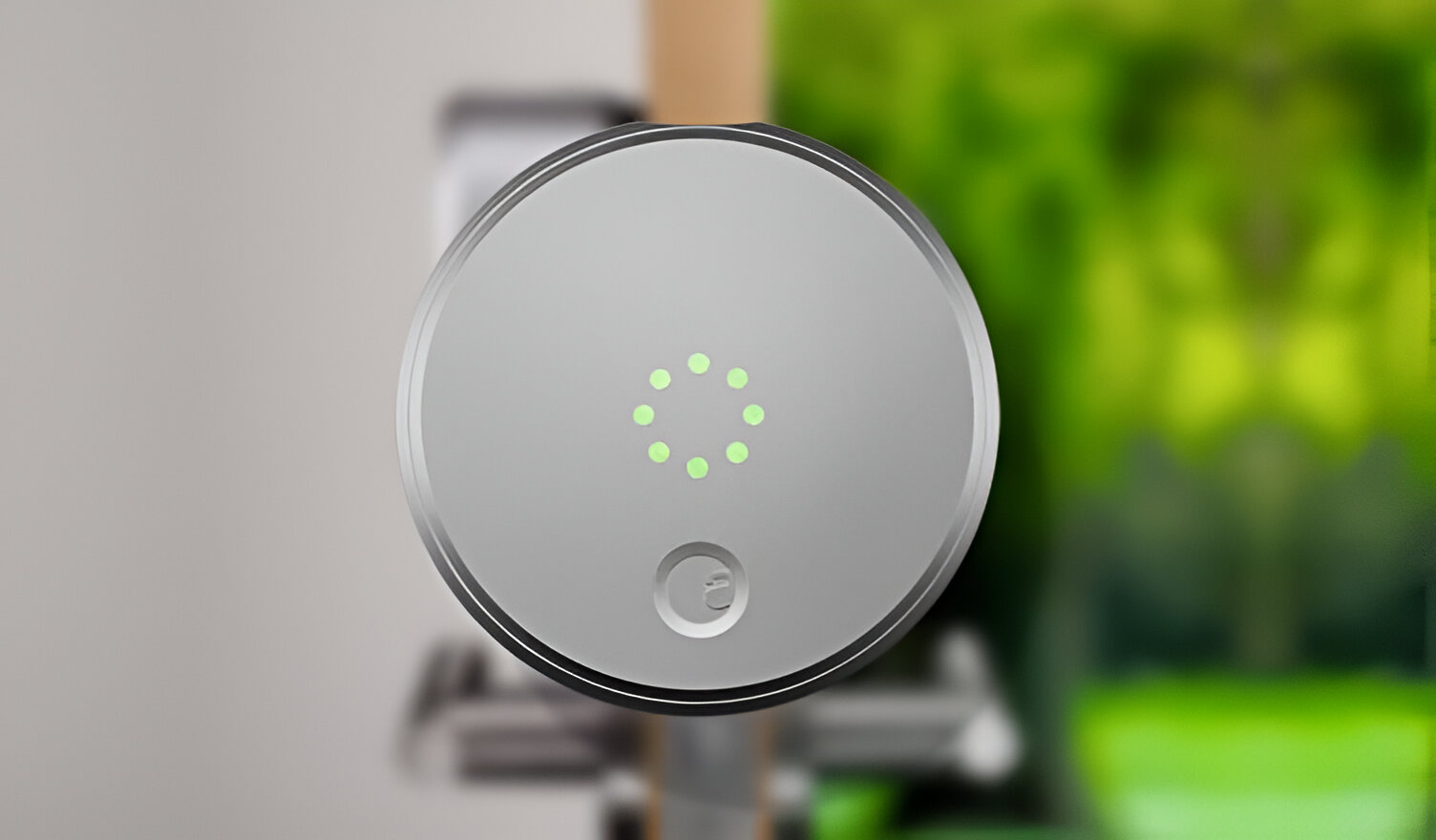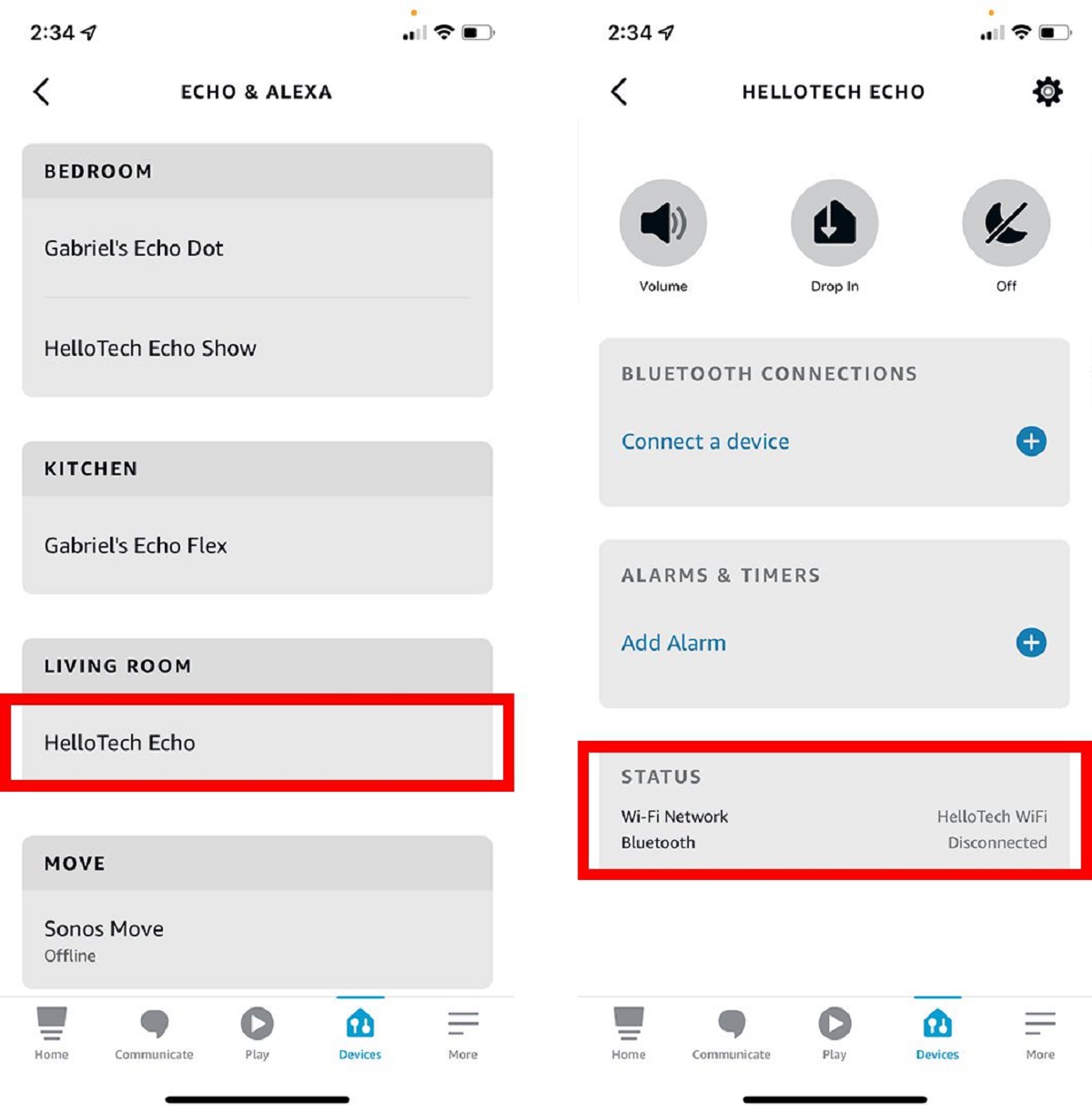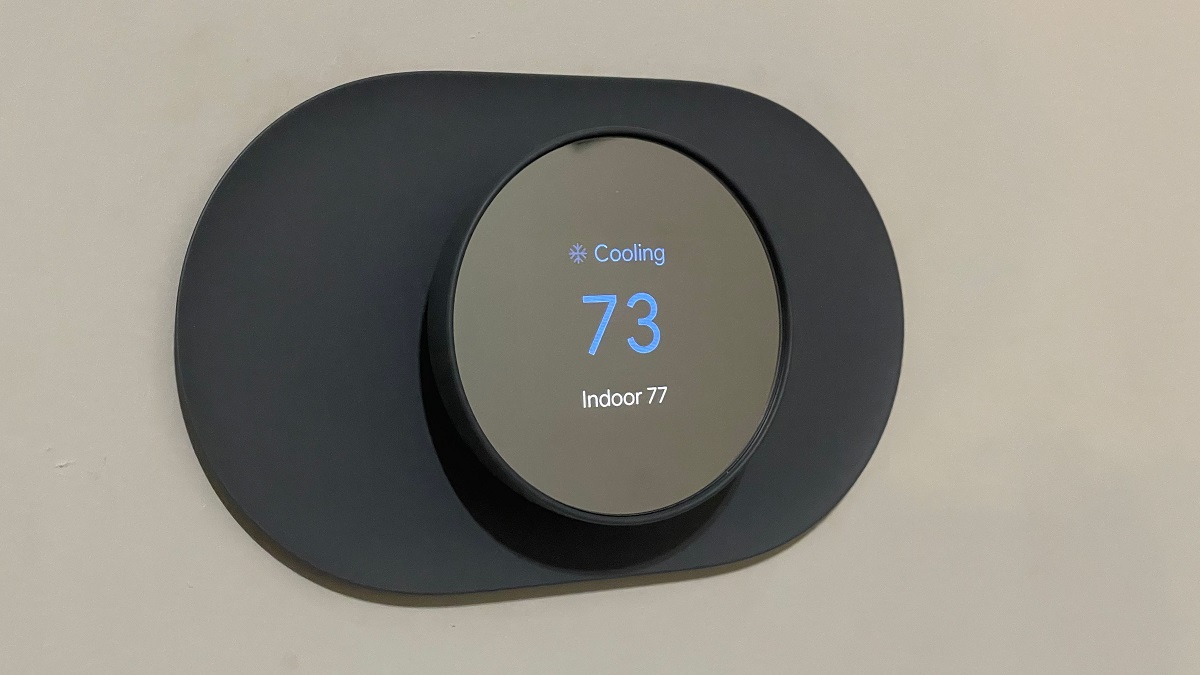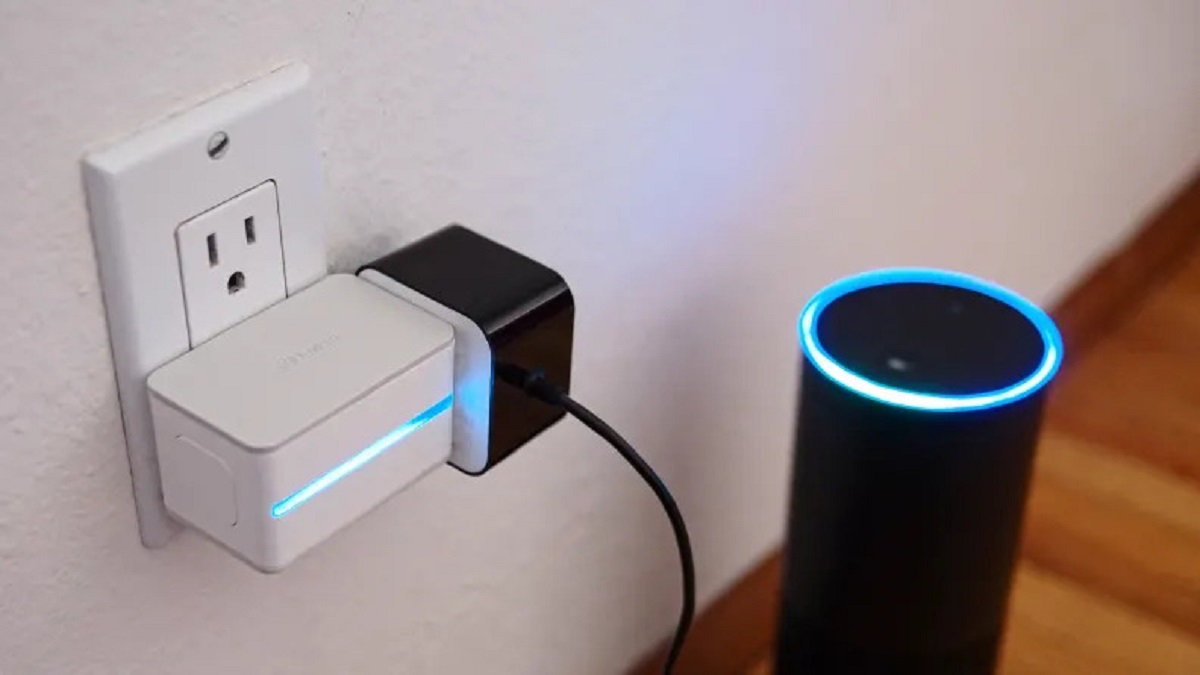Introduction
Welcome to the world of Alexa, the virtual assistant powered by artificial intelligence. With Alexa, you can control your smart home devices, play music, get the latest weather updates, set reminders, and much more—all through simple voice commands. While most people set up Alexa using a smartphone, it is not the only option available. In this article, we will guide you on how to set up Alexa without a smartphone.
Setting up Alexa without a smartphone can be particularly useful if you don’t own a smartphone or simply prefer to use a computer for the setup process. Fortunately, Amazon has made it easy for users to set up their Alexa devices using their computer or web browser.
In the following sections, we will walk you through the step-by-step process of setting up Alexa without a smartphone. We’ll cover everything from connecting Alexa to Wi-Fi to pairing it with devices and customizing its settings. By the end of this guide, you’ll be able to enjoy all the features and benefits of Alexa, even without a smartphone.
Step 1: Setting up Alexa using a Computer
The first step to setting up Alexa without a smartphone is to use a computer or web browser to access the Alexa setup process. Follow these instructions to get started:
- Open your preferred web browser on your computer and go to the Amazon Alexa website.
- If you don’t already have an Amazon account, you will need to create one. Simply click on the “Create a new Amazon account” link and follow the instructions to set up your account.
- Once you have logged in or created your Amazon account, you will need to navigate to the Alexa setup page. Look for the “Get Started with Alexa” or “Alexa Setup” option. Click on it to begin.
- Next, you will need to choose the type of Alexa device you have or plan to set up. This can include devices such as the Amazon Echo, Echo Dot, or Echo Show. Select the device that matches yours.
- Now, you will need to connect your Alexa device to your computer using the provided USB cable or power adapter. Ensure that the device is powered on and ready for setup.
- After connecting your Alexa device to your computer, the setup wizard will detect your device and prompt you to continue with the setup process. Follow the on-screen instructions to proceed.
During the setup process, you may be required to enter some basic information such as your Wi-Fi network name and password. Make sure you have this information handy to complete the setup smoothly.
Once you have completed the setup process, Alexa will be connected to your computer and ready to use. You can now move on to the next step of connecting Alexa to Wi-Fi.
Step 2: Connecting Alexa to Wi-Fi
Once you have set up Alexa using your computer, the next step is to connect it to your Wi-Fi network. Follow these simple steps to get your Alexa device connected:
- Make sure that your Alexa device is powered on and in setup mode.
- On your computer, open the Alexa app or go back to the Alexa setup page on your web browser.
- Choose the option to add a new device or connect an existing device to your Wi-Fi network.
- Follow the on-screen instructions to select your Wi-Fi network from the list of available networks.
- Enter your Wi-Fi network password when prompted.
- Wait for a few moments as your Alexa device connects to your Wi-Fi network. You may see a progress indicator or a confirmation message on your computer.
Once connected, your Alexa device will be able to access the internet and perform various tasks that require an internet connection. Ensure that your Wi-Fi network is stable and reliable to ensure uninterrupted functionality.
It is important to note that during the Wi-Fi setup process, your Alexa device may require software updates. These updates are essential to ensure the device’s performance, security, and compatibility with the latest features. Allow the updates to download and install, if prompted, to keep your Alexa device up to date.
Congratulations! Your Alexa device is now connected to your Wi-Fi network and ready to be paired with other devices. Proceed to the next step to learn how to pair Alexa with devices in your home.
Step 3: Pairing Alexa with Devices
Now that your Alexa device is connected to Wi-Fi, you can start pairing it with other devices in your home. Alexa can be paired with a wide range of smart home devices, including lights, thermostats, cameras, and more. Follow these steps to pair your Alexa device with other devices:
- Make sure that the device you want to pair with Alexa is compatible and set up properly. Refer to the device’s user manual or manufacturer’s instructions for specific pairing details.
- On your computer or the Alexa app, navigate to the “Devices” or “Smart Home” section.
- Click on the option to add a new device or discover devices.
- Wait for Alexa to scan for nearby devices. This process may take a few moments.
- Once Alexa detects the device you want to pair, follow the on-screen instructions to complete the pairing process.
- If required, you may need to enable or install the device’s specific skill or app to enable full functionality with Alexa.
- Repeat the above steps for each device you want to pair with Alexa.
Once paired, you can control these devices using voice commands with Alexa. For example, you can say “Alexa, turn off the living room lights” or “Alexa, set the thermostat to 72 degrees.”
Keep in mind that the availability and compatibility of certain devices may vary. Some devices may require additional steps or settings to integrate with Alexa. Refer to the device’s documentation for more information on specific compatibility and pairing requirements.
Congratulations! You have successfully paired your Alexa device with other devices in your home. Proceed to the next step to learn how to customize Alexa’s settings to fit your preferences.
Step 4: Customizing Alexa’s Settings
One of the great advantages of Alexa is the ability to customize its settings to suit your preferences. From changing the wake word to adjusting privacy settings, here’s how you can customize Alexa:
- Open the Alexa app on your smartphone or access the Alexa website on your computer.
- Navigate to the settings menu, usually represented by a gear icon or the word “Settings.”
- Here, you can explore different settings options, such as device settings, general settings, and privacy settings.
- Device settings allow you to configure specific settings for your Alexa device, such as volume levels, equalizer settings, or device-specific preferences.
- General settings offer a range of customization options, including language preferences, time zones, and measurement units.
- Privacy settings give you control over how Amazon collects and uses your voice recordings and other interaction data with Alexa.
- Within each setting category, navigate through the available options and make the desired changes.
- For example, you can change the wake word from “Alexa” to “Amazon,” “Echo,” or “Computer.” This allows you to personalize your interaction with Alexa.
- Be sure to save your changes before exiting the settings menu.
By customizing Alexa’s settings, you can tailor its behavior and functionality to align with your specific needs and preferences. This ensures a personalized user experience that enhances the usability of your Alexa device.
Continue to the next step to explore and discover the wide range of features and capabilities that Alexa has to offer.
Step 5: Exploring Alexa’s Features
Now that you have set up your Alexa device, connected it to Wi-Fi, paired it with other devices, and customized its settings, it’s time to explore the vast array of features and capabilities that Alexa has to offer. Here are some key features to discover:
- Voice Commands: Alexa responds to a wide range of voice commands. From asking about the weather and setting reminders to playing music and controlling smart home devices, you can accomplish a variety of tasks using just your voice.
- Music Streaming: Ask Alexa to play your favorite songs, artists, or playlists from popular streaming services like Amazon Music, Spotify, or Pandora.
- Smart Home Control: Manage your smart home devices with ease. Use Alexa to turn lights on and off, adjust thermostats, lock doors, and more, all through simple voice commands.
- Information and News: Stay updated by asking Alexa for the latest news, sports scores, stock prices, and more. Get answers to general knowledge questions or use it as a calculator or a language translator.
- Skills and Third-Party Integrations: Alexa offers a vast library of skills, which are similar to apps, that extend its functionality. Explore skills for games, recipes, meditation, and much more. Additionally, integrate Alexa with other third-party devices and services for a seamless experience.
These are just a few examples of what Alexa can do. The possibilities are nearly endless, and new features are constantly being added. Take time to explore Alexa’s extensive capabilities and find ways to make your life easier and more enjoyable.
Remember, as you interact with Alexa, don’t hesitate to experiment and ask questions. The more you use it, the better it understands your preferences and adapts to your needs.
Enjoy the convenience and power of Alexa as you integrate it into your daily routines and make the most of its incredible range of features.
Conclusion
Setting up and using Alexa without a smartphone is a simple and straightforward process. By following the steps outlined in this guide, you can enjoy all the benefits of having a virtual assistant in your home, even without a smartphone.
In this article, we covered the step-by-step process of setting up Alexa using a computer, connecting it to Wi-Fi, pairing it with devices, customizing its settings, and exploring its wide range of features. With Alexa, you can control your smart home devices, play music, get information, and much more—all through simple voice commands.
Remember to familiarize yourself with the specific instructions provided by the manufacturers of your Alexa device and any additional devices you wish to pair with it. Reading the user manuals and following the guidelines provided will ensure a smooth setup process.
As technology continues to evolve, Alexa will continue to grow and adapt, offering even more features and capabilities. Make sure to keep your Alexa device updated and explore new skills and integrations to discover the full potential of this innovative virtual assistant.
Enjoy the convenience and excitement of having Alexa as your virtual assistant, and let it simplify your life by providing quick and efficient access to information and controlling your smart home devices.







